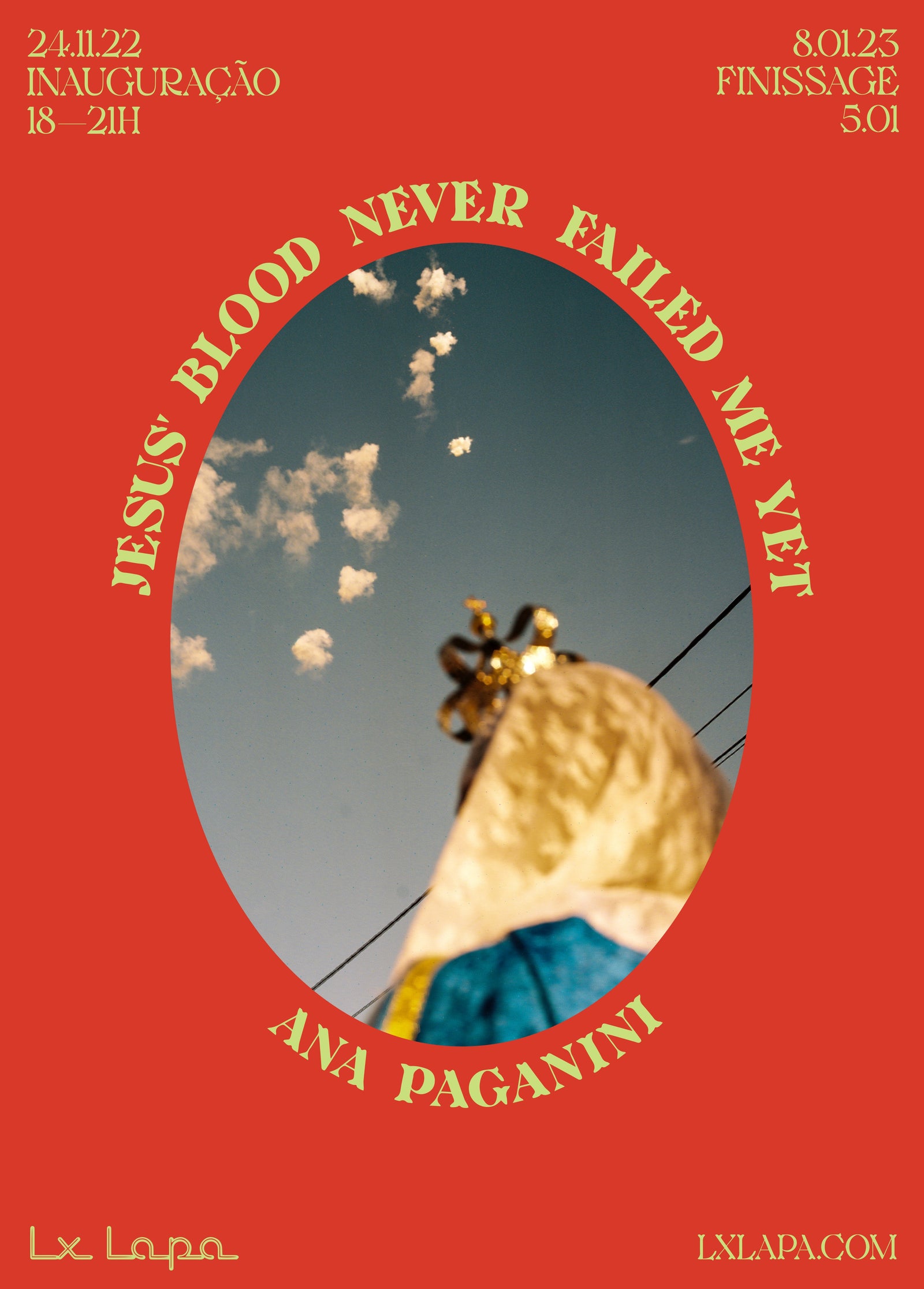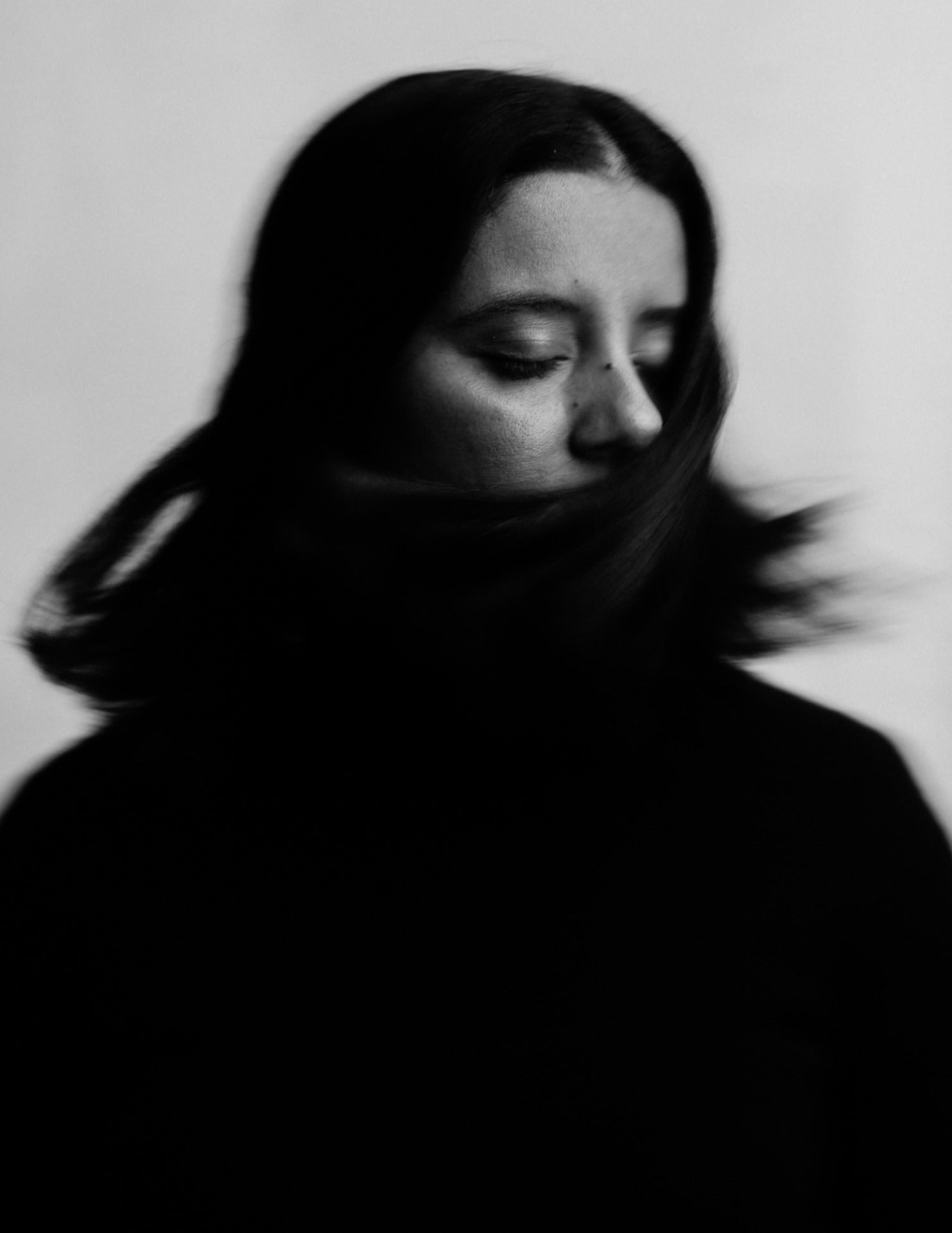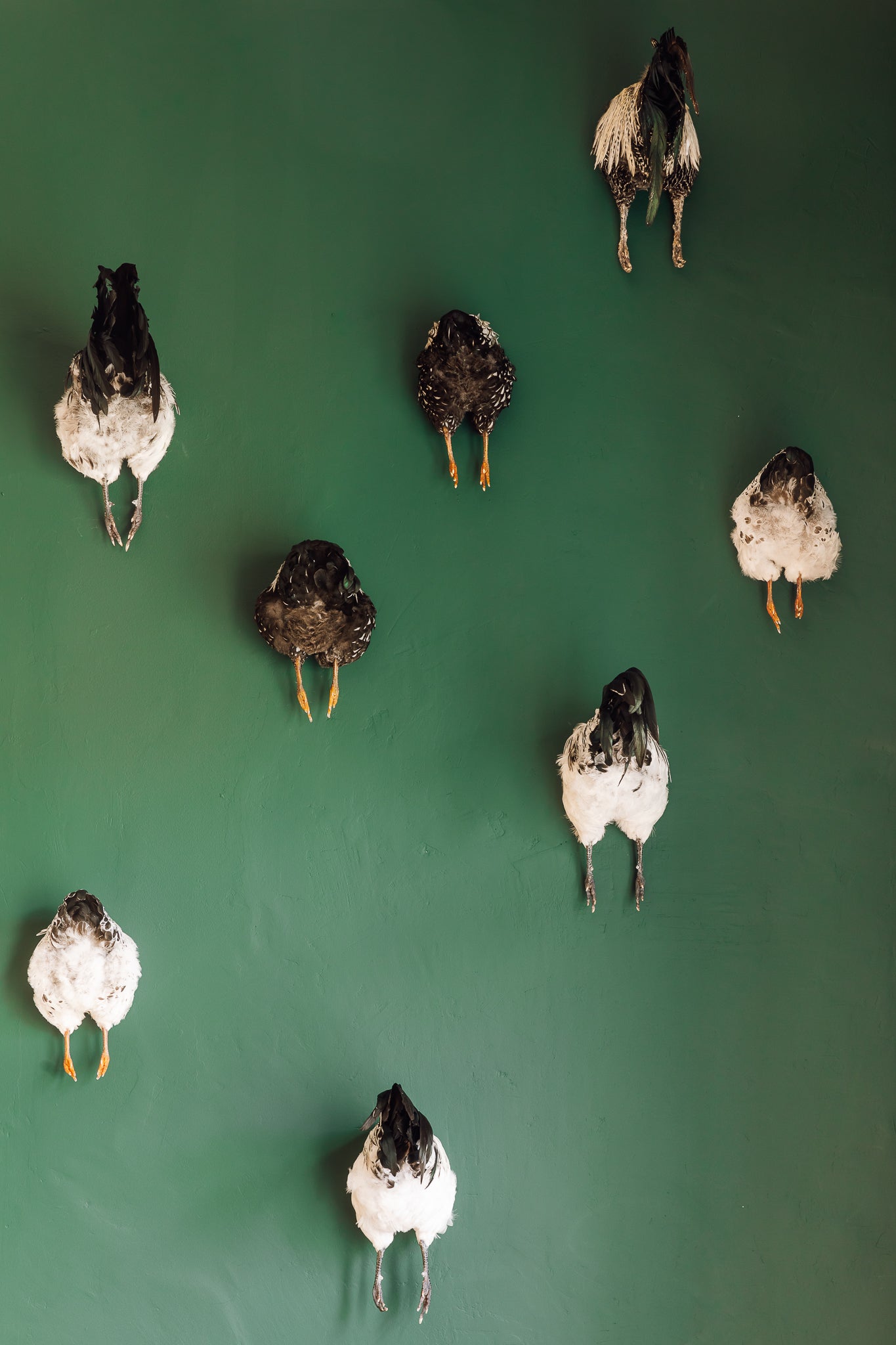I've always regarded Ana Paganini's work as a confluence between the traditions of war photojournalism and fashion reporting. The first of these categories seeks to show the phenomenon of a conflict and its impact on people and places through the use of emotion (and the expectation that it will multiply), while the second focuses on the modus – encompassing not only garments but the whole set of aesthetic options, more or less exotic, that convey the intended message. Even if paradoxically, both categories meet at times.
In this particular exhibition, one side of Ana’s practice is revealed (which we had already seen in part in the forcadosseries): the documentation of performance, more specifically of the spectacle of religion. The performance of devotion, processions in public space, has its own codes and traditions. What the artist does in this case is the documentation of these passionate demonstrations and what they mean in the contemporary context: renting polyester suits for €10 a day; the sheaths that drag on the boiling hot tar; the atmosphere of querido mês de Agosto in the villages; the electro-technical apparatus and accessories that are kept all year round in the garage (such as Christmas lights) taken to the streets.
What I admire about Jesus’ Blood Never Failed Me Yet is the dignity with which the artist portrays subjects and objects. Light always appears as a miracle (a dancing sun?) and people as perfectly aware of the living mystery and the importance of repeating the supposed gestures that were the holy roots of something and somewhere. What binds me to these images is the ecstasy of being together. It is possible that this is the only truly luminous human phenomenon and ritual: we’re not done with each other, yet.
Isabel Cordovil
Born in 1995, Ana started photographing with her father, who organised her first photography exhibition in 2004. In 2007, Ana was nominated the youngest Portuguese photographer. Her father’s death shortly after, shaped her obsession to document life’s transience, and the traces we leave behind. All of Paganini’s work is in some way a tribute to the past. Her interests lie in uncovering the past through deep research.
Ana manifests that photography is a means of preserving and simultaneously letting go. Given the challenges humanity faces, she claims that every photograph bids farewell to a climate and a world that we once knew.
From 2014 to 2018 Ana studied Documentary Filmmaking at the London College of Communication, where she specialised in cinematography. Ana went on to work as a behind-the-scenes photographer for theatre companies at the West End, and for the National Film & Television School.
Paganini’s documentary projects focus mainly on the themes of collective memory, identity, and belongingness.
Ana Paganini’s work has been featured in publications such as the British Journal of Photography, Splash & Grab, Le Monde Diplomatique, Vice, Publico, and Time Out.
Since 2022, Ana is a member of Women Photograph
Sign up to get the latest on sales, new releases and more …


